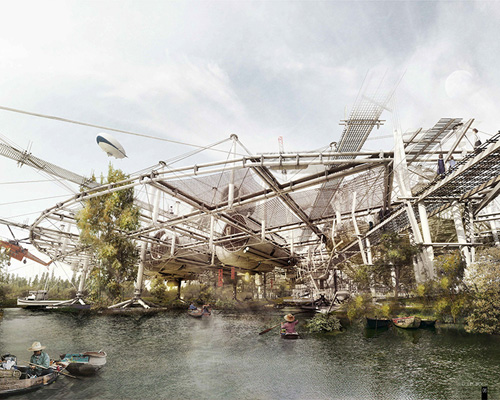gabriel munoz moreno architecturally regenerates the wetlands of hangzhou
all images courtesy of gabriel munoz moreno
population growth is a problem that has been effecting china on social, economic, and political levels for years. direct consequences can be seen everywhere, even in the destruction of ecosystems. take the wetlands of hangzhou for example, a place whose current construction is insufficient for its needs. here, and all around the world, density of the urban fabric will continue to increase, and the use of the existing tectonics will end up destroying their environments entirely.
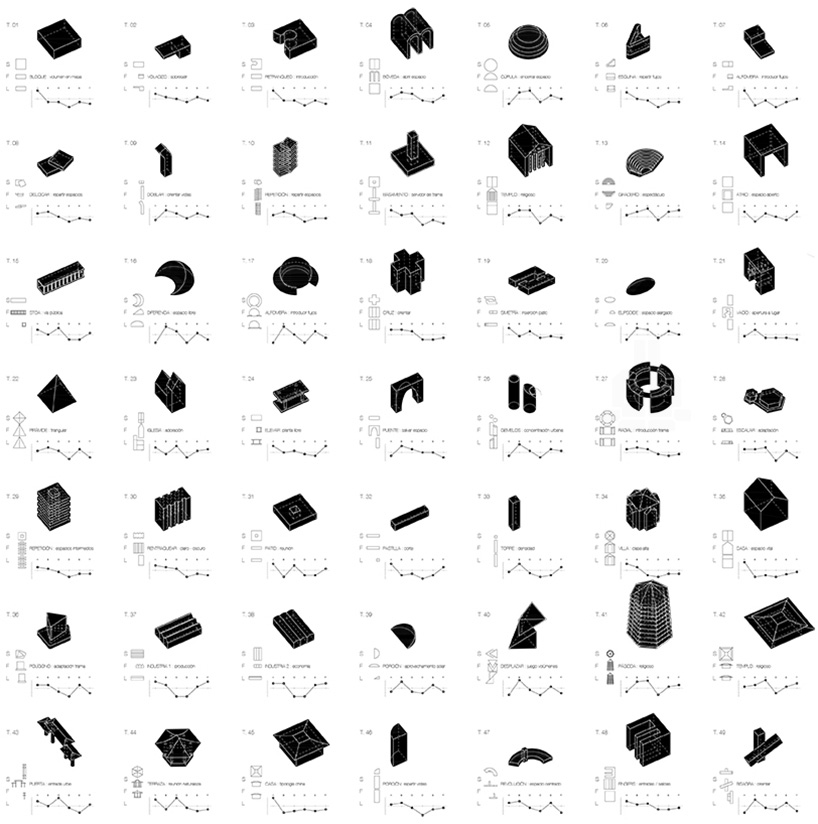
existing construction systems in hangzhou
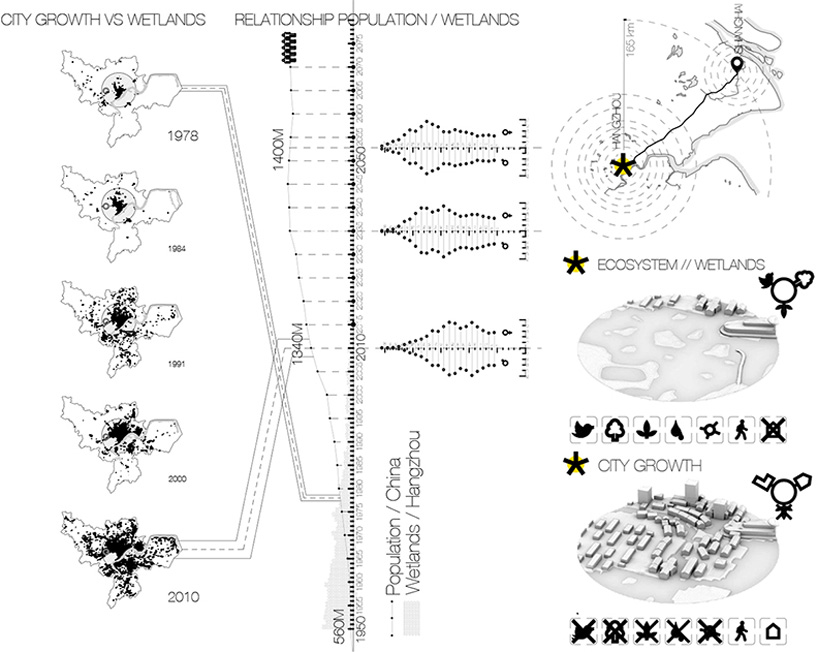
damage produced in wetlands produced by the urban growth
as a solution to this, gabriel munoz moreno has proposed ‘re-generator’, a method that intends to organize, distribute, and expand as as cells throughout the city. this unit is elevated above the ground, to make way for the recovery of the terrain. to do so, it should be translucent and permeable, without disrupting the natural cycles of the sun, air, and water, which allows the natural regeneration of any living organism community.

problem of urban growth vs ecosystem
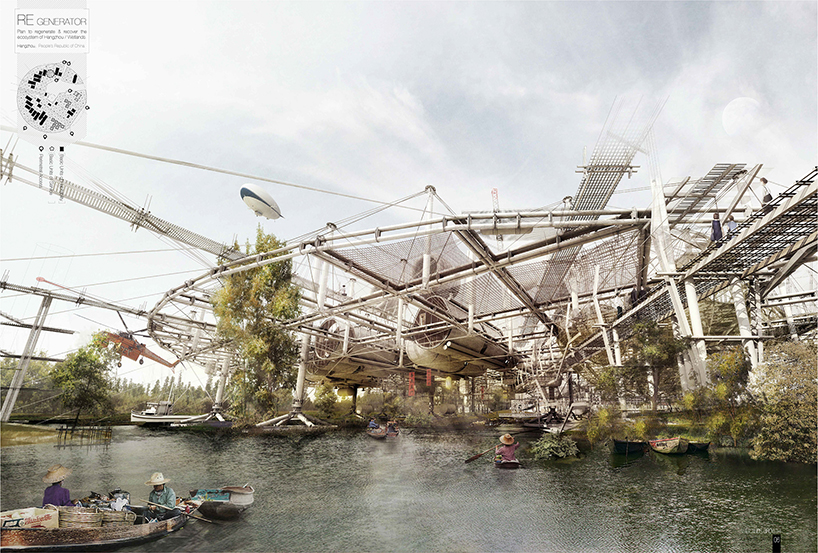
wetlands recovered with transparency, permeability, and lightness
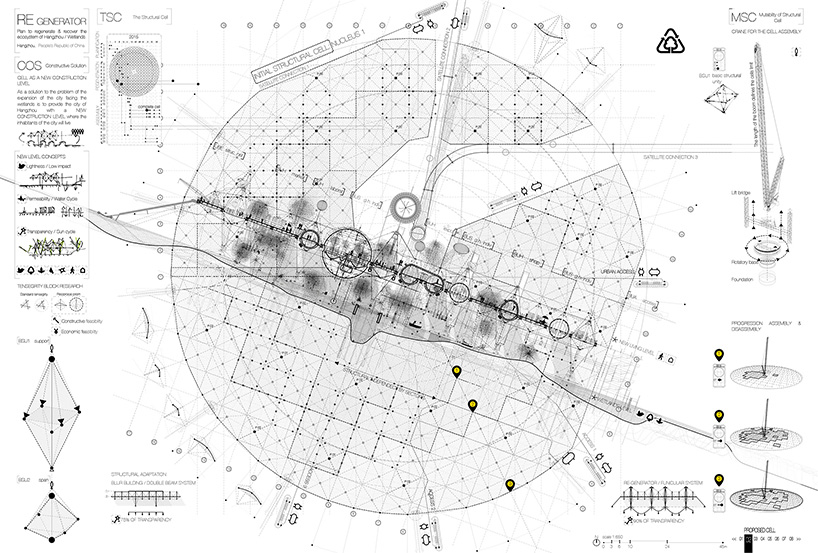
proposed constructive solution of a regenerative cell
furthermore, the module is supplied with different inputs to make possible the habitability and the cleaning of the wetlands, using its waste to encourage self-sufficiency. these mimic different parts of natural cells and enables the individual pieces to be living quarters, scheme in constant change and growth, regenerating the ecosystems.
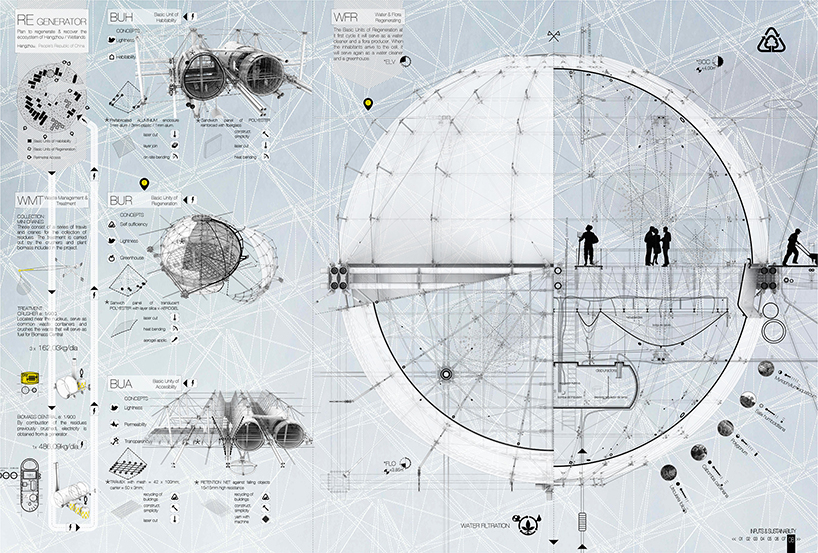
energy production and wetlands cleaning
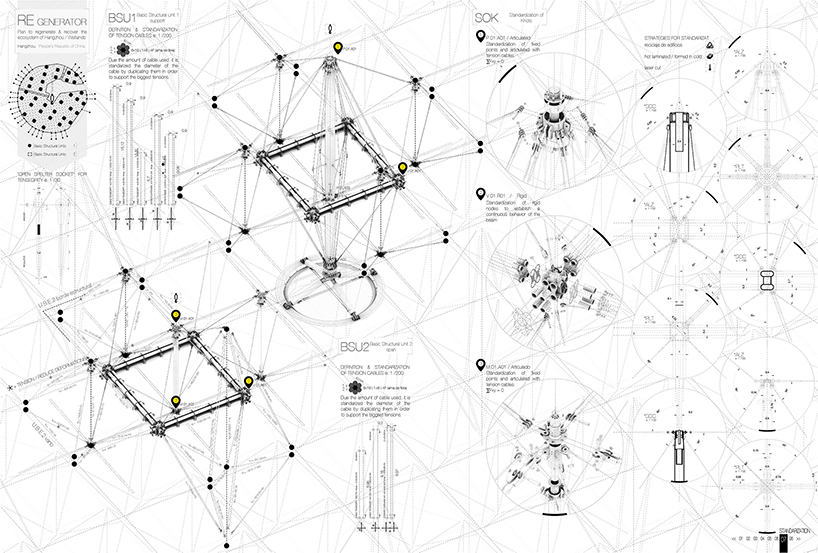
standardization and modulation of constructive parts
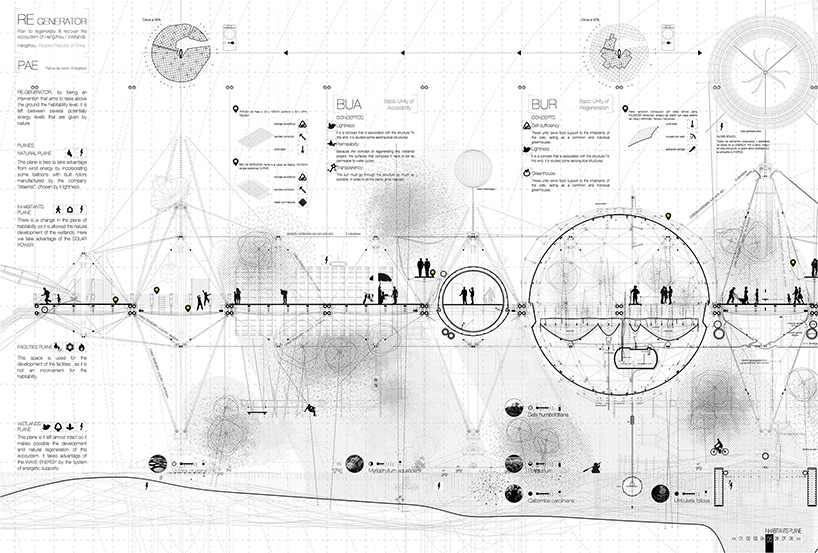
new inhabitants level
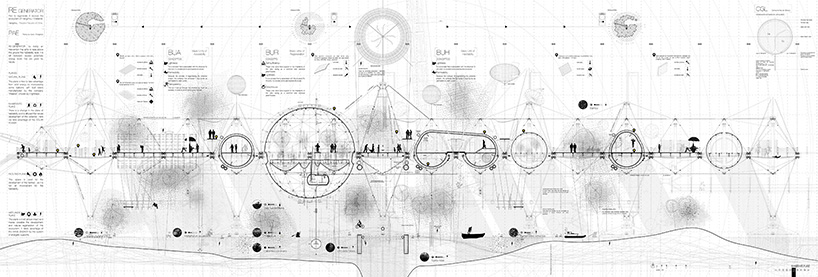
new inhabitants plane
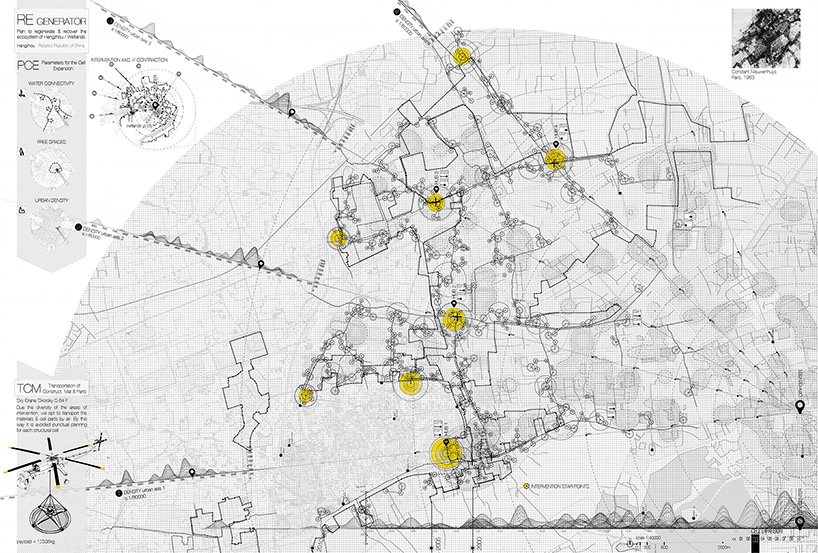
urban development of the cell with parameters for expansion and transportation
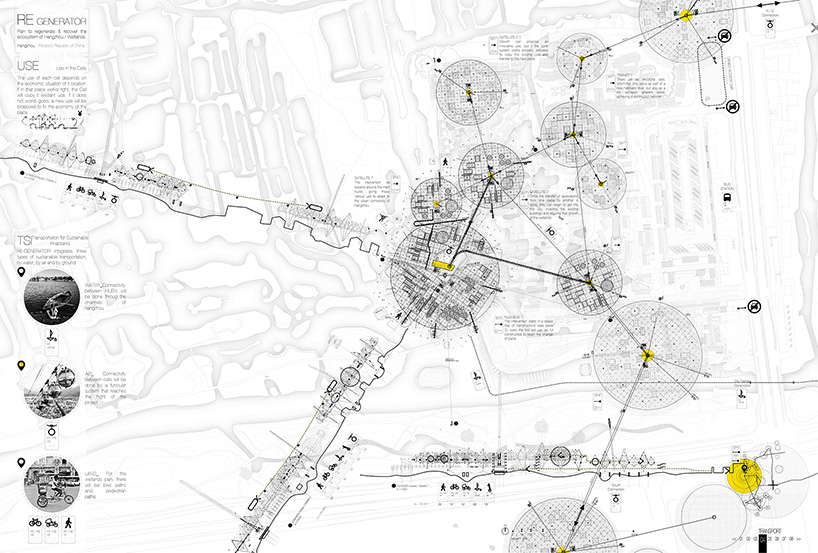
sustainable transport systems between regenerative cells
designboom has received this project from our ‘DIY submissions‘ feature, where we welcome our readers to submit their own work for publication. see more project submissions from our readers here.
